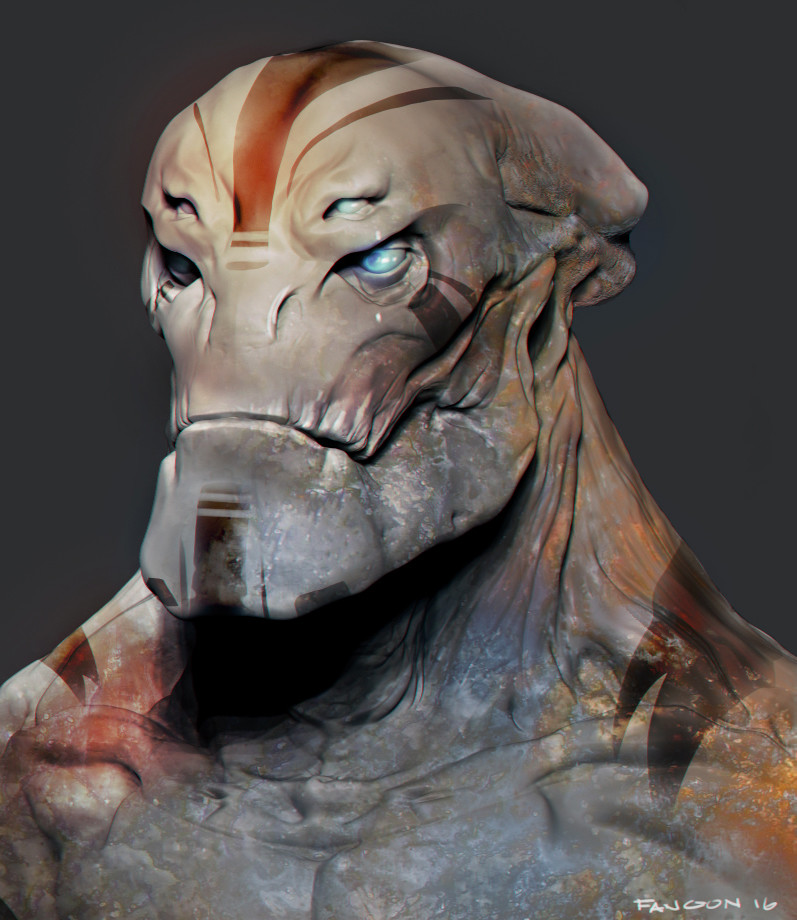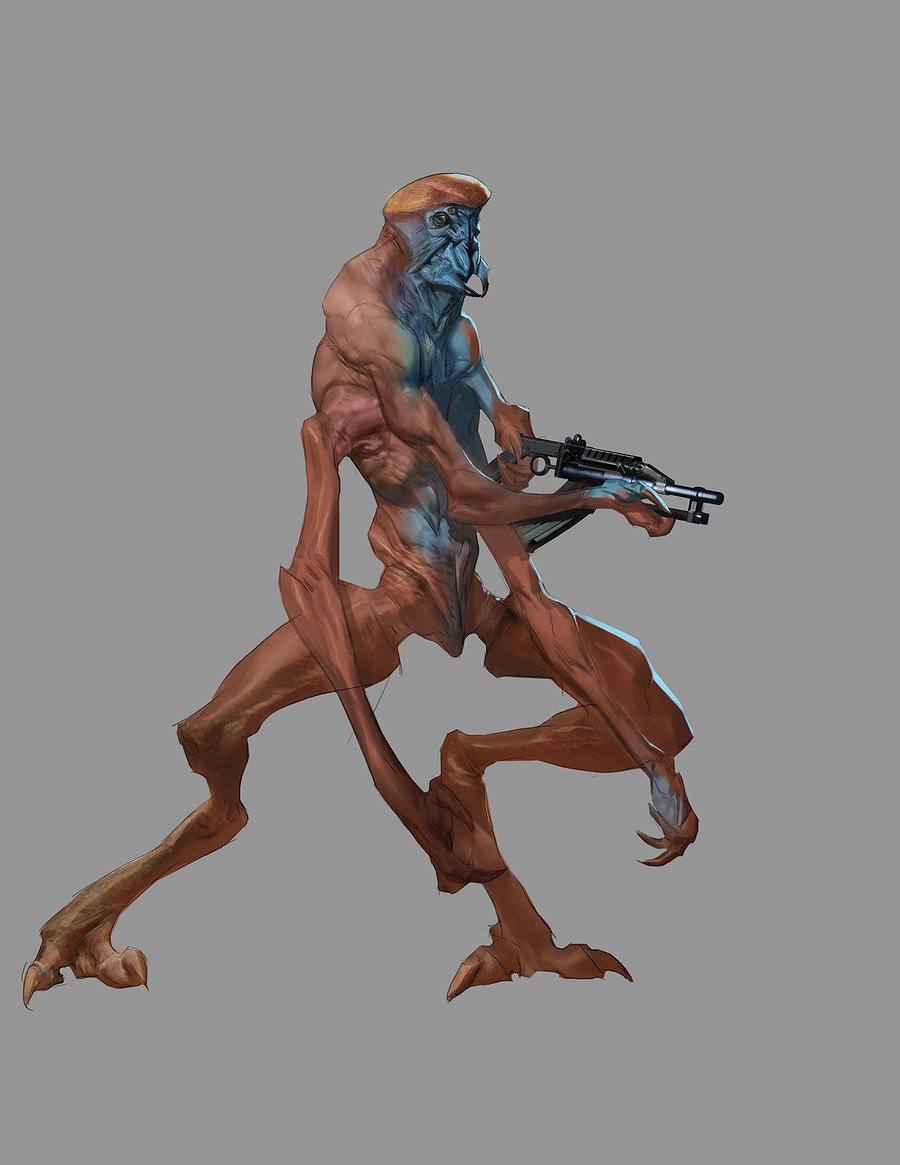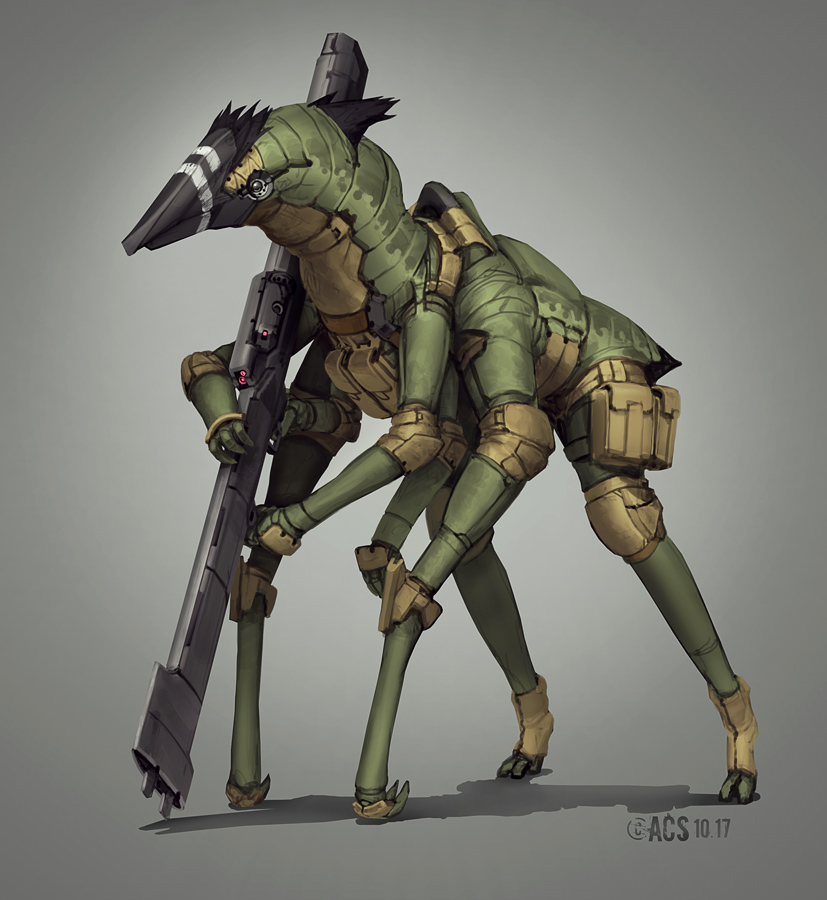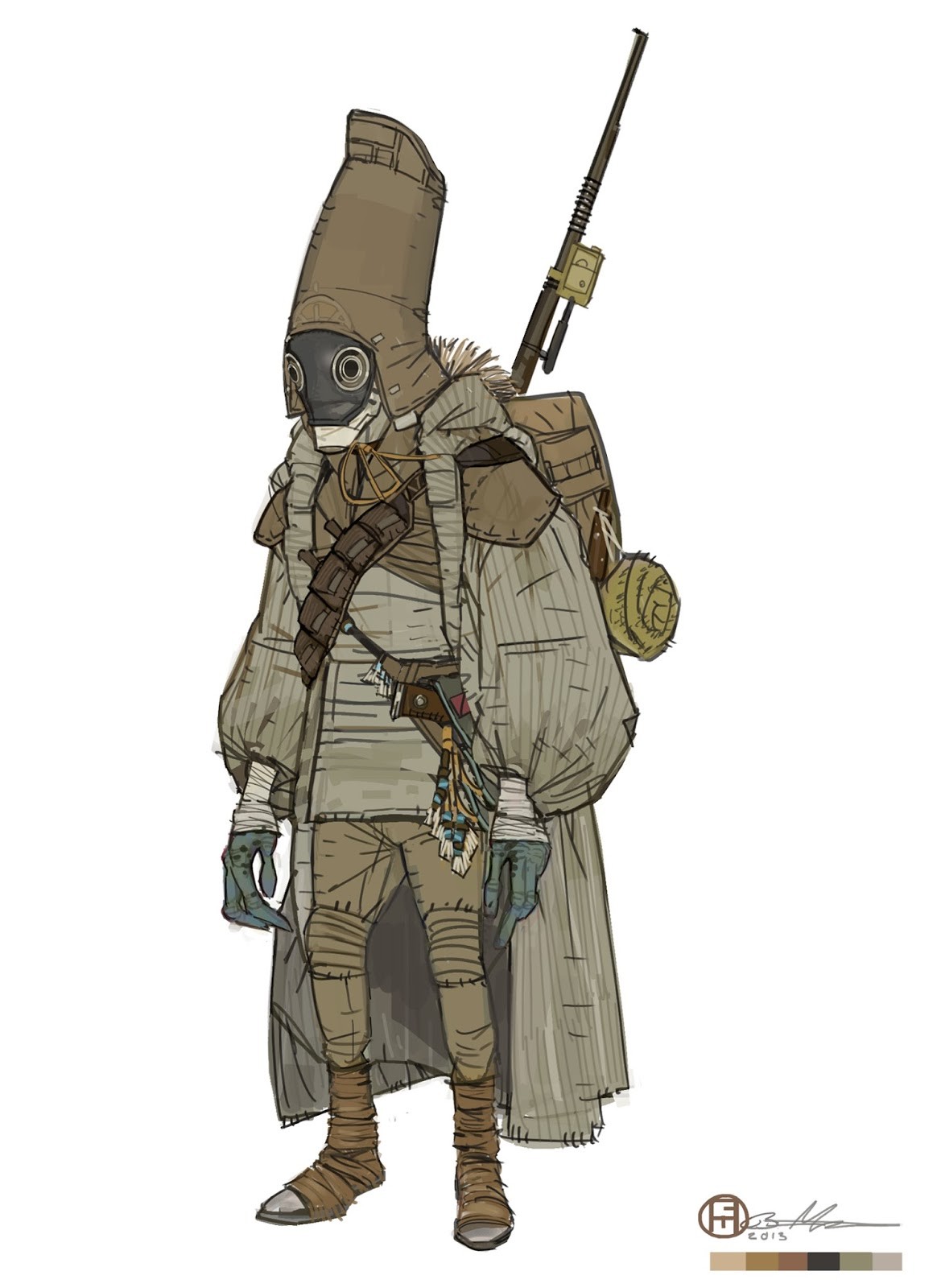@caliban22 Sheet's looking ok, although I would suggest fixing a lot of it up a bit. Also note that the image for your flag is broken.
Sigma
 Member
Member
- Last Seen: 24 min ago
- Old Guild Username: Sigma
- Joined: 11 yrs ago
- Posts: 2544 (0.65 / day)
- VMs: 3
-
Username history
- Sigma 11 yrs ago
-
Latest 10 profile visitors:
-
Most recent →
 Lunamaria Hawke,
Lunamaria Hawke,
 LimeTime966,
LimeTime966,
 BigPapaBelial,
BigPapaBelial,
 LadyAmber,
LadyAmber,
 Chronic,
Chronic,
 Liotrent,
ppppppppp,
Liotrent,
ppppppppp,
 Izurich,
Izurich,
 Andreyich,
Andreyich,
 Taeryn
Taeryn
Status
User has no status, yet
Bio
User has no bio, yet
Most Recent Posts

(Credit goes to Toast for making the backstory)
June 4th, 2132
A date that, even now, few know the significance of. It was on that day, at approximately nine o’clock in the evening, that the Verrier-Adams deep space observatory solved a century old mystery. An anomaly in the orbits of Kupiter belt objects first recognized at the beginning of the twenty first century, largely believed to have been caused by a distant and dim planet orbiting the sun, was found to be indicative of something far more substantial.
A brown dwarf, the dimmest ever discovered, was rapidly approaching the solar system. The space observatories findings were rapidly disseminated, and one by one, scientists the world over not only confirmed them but recognized their meaning. The brown dwarf, still nameless, would enter the solar system and dramatically alter the orbits of nearly every planet therein within the next two hundred years.
The earth, at a minimum, would be rendered thoroughly uninhabitable. Governments worldwide attempted to suppress the information, but within days even the most remote peoples on planet Earth had been made aware of their misfortune. The world descended into chaos. Some saw the coming brown dwarf as a sign of the end times, the day of judgement. Others saw it as a hoax. Most just saw it as it was, a ball of gas seventy times more massive than Jupiter that, through sheer dumb luck, had been put on a collision course with Humanity.
Ultimately a billion people died, either from war, unrest, or suicide before the worlds governments restored order. By 2145 there wasn’t a territory on the planet that wasn’t under martial law. Facing an implacable adversary, and the certainty of total annihilation, the nations of the world came together to form a plan. The United Nations was reformed into the Global Emergency Council, and both the Arc, and Longshot Projects were commissioned.
The combined resources of the planet were directed towards space and the construction of any and all technologies necessary to survive without that most venerable pale blue dot to call home. Unconcerned by climate change or an environment that was doomed anyway the Earth was stripped bare so that its children would live on without it.
By the time the Brown Dwarf, by now known as ‘Perses’, entered the Kupiter Belt in 2361 the GEC had constructed five hundred and twelve Arcs. Each one was as large as a city, and in an effort to save as many as possible used cryogenic preservation to keep its occupants safe. However, even that noble effort proved insufficient. In the end one billion people were saved, but by the time the arcs were full there was little those left behind could do.
What transpired as the last arcs left the Earth behind remains one of the things few, if any, have ever attempted to learn. Billions, betrayed, left to die, and with each one absolutely certain they would. There is a reason the Arcs never looked back.
Of course, ahead of them was something many considered just as terrifying. Project Arc had been a success, but its counterpart? There was, regrettably, no way to truly know. Project Longshot had been envisioned as a faster than light drive able to propel Humanity across the stars, and it had delivered, at least in part. Few understood precisely why but it had become clear that even if faster than light travel was possible, it would require set points in space to function.
No ship would be able to carry its own drive, and thus there was no way to tell if any jump had been successful. It was a massive project, and one that many criticized, but ultimately one such fixed point, a ‘jump gate’, was constructed. As Perses began to influence the orbits of the outer planets the Arc fleet was faced with a choice. They could risk a trip through an untested gateway in the hopes that it would propel them towards what was considered the best candidate for habitability known, a planet nearly five thousand light years away, or they could wander the stars in hopes of finding something closer.
In the end, three hundred and sixteen Arcs took the gamble. It was one that, for most, did not pay off. As the gates architects had predicted without a second fixed point to lock onto there was an enormous margin of error in the fleets jump. Just over three hundred ships were scattered over a space nearly seven hundred lightyears across.
It was sheer luck that ten ships ended up within a single lightyear of their target. It was less fortunate that upon closer inspection it was clear that the planet they’d gambled to reach was far from a paradise. In fact, it was far from habitable. A ball of scalding steam that not even the hardiest lifeform from earth could thrive on.
Having risked everything, the few that remained awake on those ten Arcs gave in to despair. Collectively they agreed freeze themselves and leave their Arcs in the hands of the semi-sentient AI that ran them. Those AI’s left buoys behind to indicate their direction to any that would arrive after them and departed on multi century journeys to find another potentially habitable planet.
Another gamble, but this time it paid off. Nine hundred and seventy three years ago the first Arc ship reached a distant star cluster orbiting the Milky Way and found dozens of potentially habitable exoplanets. Choosing the one it determined to be the most conducive to Human life that first arc woke its crew up to a new future for the Human species.
Those first Humans rejoiced, and in their joy they named the star cluster they had found Eden, after that very first paradise. In the next two centuries fifteen other Arcs would colonize star systems within the cluster, and those early settlers would build new jump gates to connect them.
These would become known as the core worlds, and they would be the centers of a human civilization that expanded with the arrival of dozens of other arcs over the next seven hundred years.
Nearly a thousand years have passed since Humanity was granted its second chance, dozens of systems have been connected to the new gate network, and still Arcs arrive in the Eden cluster. At times they find barren worlds, barely fit for habitation, and at times they find veritable utopias. Humanity has firmly established itself as the dominant species in a cluster with more than anyone could have reasonably expected, but they haven’t always come as grateful voyagers.
After all, even in Eden, Humanity is what it is. Men and women, nothing more and nothing less.
----------
If this has caught yout interest, follow the link below!
roleplayerguild.com/topics/180062-ede…

(Credit goes to Toast for making the backstory)
June 4th, 2132
A date that, even now, few know the significance of. It was on that day, at approximately nine o’clock in the evening, that the Verrier-Adams deep space observatory solved a century old mystery. An anomaly in the orbits of Kupiter belt objects first recognized at the beginning of the twenty first century, largely believed to have been caused by a distant and dim planet orbiting the sun, was found to be indicative of something far more substantial.
A brown dwarf, the dimmest ever discovered, was rapidly approaching the solar system. The space observatories findings were rapidly disseminated, and one by one, scientists the world over not only confirmed them but recognized their meaning. The brown dwarf, still nameless, would enter the solar system and dramatically alter the orbits of nearly every planet therein within the next two hundred years.
The earth, at a minimum, would be rendered thoroughly uninhabitable. Governments worldwide attempted to suppress the information, but within days even the most remote peoples on planet Earth had been made aware of their misfortune. The world descended into chaos. Some saw the coming brown dwarf as a sign of the end times, the day of judgement. Others saw it as a hoax. Most just saw it as it was, a ball of gas seventy times more massive than Jupiter that, through sheer dumb luck, had been put on a collision course with Humanity.
Ultimately a billion people died, either from war, unrest, or suicide before the worlds governments restored order. By 2145 there wasn’t a territory on the planet that wasn’t under martial law. Facing an implacable adversary, and the certainty of total annihilation, the nations of the world came together to form a plan. The United Nations was reformed into the Global Emergency Council, and both the Arc, and Longshot Projects were commissioned.
The combined resources of the planet were directed towards space and the construction of any and all technologies necessary to survive without that most venerable pale blue dot to call home. Unconcerned by climate change or an environment that was doomed anyway the Earth was stripped bare so that its children would live on without it.
By the time the Brown Dwarf, by now known as ‘Perses’, entered the Kupiter Belt in 2361 the GEC had constructed five hundred and twelve Arcs. Each one was as large as a city, and in an effort to save as many as possible used cryogenic preservation to keep its occupants safe. However, even that noble effort proved insufficient. In the end one billion people were saved, but by the time the arcs were full there was little those left behind could do.
What transpired as the last arcs left the Earth behind remains one of the things few, if any, have ever attempted to learn. Billions, betrayed, left to die, and with each one absolutely certain they would. There is a reason the Arcs never looked back.
Of course, ahead of them was something many considered just as terrifying. Project Arc had been a success, but its counterpart? There was, regrettably, no way to truly know. Project Longshot had been envisioned as a faster than light drive able to propel Humanity across the stars, and it had delivered, at least in part. Few understood precisely why but it had become clear that even if faster than light travel was possible, it would require set points in space to function.
No ship would be able to carry its own drive, and thus there was no way to tell if any jump had been successful. It was a massive project, and one that many criticized, but ultimately one such fixed point, a ‘jump gate’, was constructed. As Perses began to influence the orbits of the outer planets the Arc fleet was faced with a choice. They could risk a trip through an untested gateway in the hopes that it would propel them towards what was considered the best candidate for habitability known, a planet nearly five thousand light years away, or they could wander the stars in hopes of finding something closer.
In the end, three hundred and sixteen Arcs took the gamble. It was one that, for most, did not pay off. As the gates architects had predicted without a second fixed point to lock onto there was an enormous margin of error in the fleets jump. Just over three hundred ships were scattered over a space nearly seven hundred lightyears across.
It was sheer luck that ten ships ended up within a single lightyear of their target. It was less fortunate that upon closer inspection it was clear that the planet they’d gambled to reach was far from a paradise. In fact, it was far from habitable. A ball of scalding steam that not even the hardiest lifeform from earth could thrive on.
Having risked everything, the few that remained awake on those ten Arcs gave in to despair. Collectively they agreed freeze themselves and leave their Arcs in the hands of the semi-sentient AI that ran them. Those AI’s left buoys behind to indicate their direction to any that would arrive after them and departed on multi century journeys to find another potentially habitable planet.
Another gamble, but this time it paid off. Nine hundred and seventy three years ago the first Arc ship reached a distant star cluster orbiting the Milky Way and found dozens of potentially habitable exoplanets. Choosing the one it determined to be the most conducive to Human life that first arc woke its crew up to a new future for the Human species.
Those first Humans rejoiced, and in their joy they named the star cluster they had found Eden, after that very first paradise. In the next two centuries fifteen other Arcs would colonize star systems within the cluster, and those early settlers would build new jump gates to connect them.
These would become known as the core worlds, and they would be the centers of a human civilization that expanded with the arrival of dozens of other arcs over the next seven hundred years.
Nearly a thousand years have passed since Humanity was granted its second chance, dozens of systems have been connected to the new gate network, and still Arcs arrive in the Eden cluster. At times they find barren worlds, barely fit for habitation, and at times they find veritable utopias. Humanity has firmly established itself as the dominant species in a cluster with more than anyone could have reasonably expected, but they haven’t always come as grateful voyagers.
After all, even in Eden, Humanity is what it is. Men and women, nothing more and nothing less.
----------
If this has caught yout interest, follow the link below!
roleplayerguild.com/topics/180062-ede…

(Credit goes to Toast for making the backstory)
June 4th, 2132
A date that, even now, few know the significance of. It was on that day, at approximately nine o’clock in the evening, that the Verrier-Adams deep space observatory solved a century old mystery. An anomaly in the orbits of Kupiter belt objects first recognized at the beginning of the twenty first century, largely believed to have been caused by a distant and dim planet orbiting the sun, was found to be indicative of something far more substantial.
A brown dwarf, the dimmest ever discovered, was rapidly approaching the solar system. The space observatories findings were rapidly disseminated, and one by one, scientists the world over not only confirmed them but recognized their meaning. The brown dwarf, still nameless, would enter the solar system and dramatically alter the orbits of nearly every planet therein within the next two hundred years.
The earth, at a minimum, would be rendered thoroughly uninhabitable. Governments worldwide attempted to suppress the information, but within days even the most remote peoples on planet Earth had been made aware of their misfortune. The world descended into chaos. Some saw the coming brown dwarf as a sign of the end times, the day of judgement. Others saw it as a hoax. Most just saw it as it was, a ball of gas seventy times more massive than Jupiter that, through sheer dumb luck, had been put on a collision course with Humanity.
Ultimately a billion people died, either from war, unrest, or suicide before the worlds governments restored order. By 2145 there wasn’t a territory on the planet that wasn’t under martial law. Facing an implacable adversary, and the certainty of total annihilation, the nations of the world came together to form a plan. The United Nations was reformed into the Global Emergency Council, and both the Arc, and Longshot Projects were commissioned.
The combined resources of the planet were directed towards space and the construction of any and all technologies necessary to survive without that most venerable pale blue dot to call home. Unconcerned by climate change or an environment that was doomed anyway the Earth was stripped bare so that its children would live on without it.
By the time the Brown Dwarf, by now known as ‘Perses’, entered the Kupiter Belt in 2361 the GEC had constructed five hundred and twelve Arcs. Each one was as large as a city, and in an effort to save as many as possible used cryogenic preservation to keep its occupants safe. However, even that noble effort proved insufficient. In the end one billion people were saved, but by the time the arcs were full there was little those left behind could do.
What transpired as the last arcs left the Earth behind remains one of the things few, if any, have ever attempted to learn. Billions, betrayed, left to die, and with each one absolutely certain they would. There is a reason the Arcs never looked back.
Of course, ahead of them was something many considered just as terrifying. Project Arc had been a success, but its counterpart? There was, regrettably, no way to truly know. Project Longshot had been envisioned as a faster than light drive able to propel Humanity across the stars, and it had delivered, at least in part. Few understood precisely why but it had become clear that even if faster than light travel was possible, it would require set points in space to function.
No ship would be able to carry its own drive, and thus there was no way to tell if any jump had been successful. It was a massive project, and one that many criticized, but ultimately one such fixed point, a ‘jump gate’, was constructed. As Perses began to influence the orbits of the outer planets the Arc fleet was faced with a choice. They could risk a trip through an untested gateway in the hopes that it would propel them towards what was considered the best candidate for habitability known, a planet nearly five thousand light years away, or they could wander the stars in hopes of finding something closer.
In the end, three hundred and sixteen Arcs took the gamble. It was one that, for most, did not pay off. As the gates architects had predicted without a second fixed point to lock onto there was an enormous margin of error in the fleets jump. Just over three hundred ships were scattered over a space nearly seven hundred lightyears across.
It was sheer luck that ten ships ended up within a single lightyear of their target. It was less fortunate that upon closer inspection it was clear that the planet they’d gambled to reach was far from a paradise. In fact, it was far from habitable. A ball of scalding steam that not even the hardiest lifeform from earth could thrive on.
Having risked everything, the few that remained awake on those ten Arcs gave in to despair. Collectively they agreed freeze themselves and leave their Arcs in the hands of the semi-sentient AI that ran them. Those AI’s left buoys behind to indicate their direction to any that would arrive after them and departed on multi century journeys to find another potentially habitable planet.
Another gamble, but this time it paid off. Nine hundred and seventy three years ago the first Arc ship reached a distant star cluster orbiting the Milky Way and found dozens of potentially habitable exoplanets. Choosing the one it determined to be the most conducive to Human life that first arc woke its crew up to a new future for the Human species.
Those first Humans rejoiced, and in their joy they named the star cluster they had found Eden, after that very first paradise. In the next two centuries fifteen other Arcs would colonize star systems within the cluster, and those early settlers would build new jump gates to connect them.
These would become known as the core worlds, and they would be the centers of a human civilization that expanded with the arrival of dozens of other arcs over the next seven hundred years.
Nearly a thousand years have passed since Humanity was granted its second chance, dozens of systems have been connected to the new gate network, and still Arcs arrive in the Eden cluster. At times they find barren worlds, barely fit for habitation, and at times they find veritable utopias. Humanity has firmly established itself as the dominant species in a cluster with more than anyone could have reasonably expected, but they haven’t always come as grateful voyagers.
After all, even in Eden, Humanity is what it is. Men and women, nothing more and nothing less.
----------
If this has caught yout interest, follow the link below!
roleplayerguild.com/topics/180062-ede…
@caliban22 Yup! Got plenty of room.
@ZAVAZggg So far it looks pretty good! Keep at it.
@Ayazi@ClocktowerEchos Glad to have your interest! Also to let you two know that the backstory above is going through a revision that'll be very different from the above.
Edit: Ok, new backstory added.
Edit 2: Map added as well!
Edit: Ok, new backstory added.
Edit 2: Map added as well!
Starmap
(Credit to @Crispy Octopus to both the map and lore entries)

Green-Unclaimed Core Systems
Grey-Unclaimed Frontier and Peripheral Systems
----------------
Lore and Encyclopedia
Core/Primary Worlds
The beating hearts of Edenian civilization, the sixteen Core Worlds were and remain the foundation and center of the clusters political landscape. Typically highly developed, urbanized planets largely populated by the wealthy and privileged, the Core Worlds are the seats of power for the most influential interstellar governments, corporations, and organizations. The Core Worlds were settled by the earliest Arcs to arrive in the Cluster.
Peripheral/Secondary Worlds
The bridge between the ordered and luxurious Core Worlds, and the wild, poorly developed Frontier Worlds. Peripheral Worlds claim a pleasant medium, not quite as developed as the Core Worlds, but do not face the as harsh of hardships those in the frontier endure. Due to many acting as Agri-Worlds, highly urbanized city centers are often a rare sight on many worlds within the Periphery. The Peripheral Worlds were settled by Arcs that arrived in the last seven hundred years.
Frontier/Tertiary Worlds
By and large the least developed planets in the Cluster, Frontier Worlds are infamous for playing host to all manner of criminals and reprobates. Of course, there is a reason the Cluster's undesirables may find refuge on these planets. Neglected or exploited by their peers the Frontier Worlds often lack even the most basic technology and medicine. As such it's far from an overstatement to say that a disease which has been relegated to a nuisance on the Core Worlds could be deadly on a Frontier World. The Frontier Worlds are often the product of automated Edenian ships carrying gates to nearby stars, though some of the most recent Arc colonies are considered Frontier Worlds.
Jump Gates
Perhaps the single most important invention in Human history, it is the Jump Gate which makes Edenian civilization possible. Present in each and every one of the hundred and fifty six star systems of the Cluster Jump Gates, vast rings in space kilometres wide, permit instantaneous transit between any two star systems they are in. That isn’t to say that a single Gate can’t be used, but as those early refugees from Earth learned using an unanchored Gate is a dangerous proposition. Without a second Gate to lock onto Jump Gates tend to scatter whatever goes through them across hundreds of light years. Put simply, there is a reason every system in the Eden Cluster has a Gate.
Unfortunately, for all their power and potential, Jump Gates are not perfect. A Jump Gate may only ever be connected to one other Jump Gate at a time, at least so far as the transfer of actual matter is concerned. As only two Gates can transfer matter between each other at a time moving from one end of the cluster to the other can be a daunting proposition. While it is fairly trivial to move from one Core World to another, Gate schedules can mean a request for transit to a Frontier world takes days to process.
However, any Gate, even if it is inactive, is capable of transmitting information to all other nearby Gates. Known as the ‘information loophole’, this is how the Gate schedules are created. Every Gate in the network is constantly communicating with every other Gate, automatically processing requests for connections and accomplishing those connections as expediently as possible. That automated scheduling process is so vital for the function of the Gate network that to tamper with it would require one to actively control every Gate in the network at once.
That said, the ‘information loophole’ is not only applicable to Gate schedules. Countless entities have, over the centuries, used the Gates ability to transmit information among themselves to craft something like an ‘interstellar internet’. While far from perfect, especially considering that the Gates are often on the edges of star systems, this internet keeps the Cluster connected. Still, it can take days for the most distant planets to hear of events on the Core Worlds.
Such delays in information are, in part, why some tend to stay in the many stations that exist just beyond a Gate’s zone of influence, or the region of space that becomes distorted and dangerous when a Gate activates. Elites often leave proxies on these stations that can react faster than they can, but these are the minority by far. The nature of Gate travel means that, more often than not, individuals can be left waiting for days if they’re not travelling to a Core World. The Gate schedules can be frustrating for many a businessman or vacation goer that has to wait before they can head on to their destination, and it is unsurprising that they want to spend that time in comfort. Specifically, the comfort of alcohol. This means that the so called ‘gate stations’ are often as full of bars and other entertainment venues as they are hotels.
The Eden Accord
A treaty negotiated between the major players in the Eden Cluster, the Accord exists to restrict any Edenian nations territorial expansion and protect the Gate Network. It forbids all Edenian governments from exercising direct Authority over more than seven systems and makes it a capital crime to deliberately damage or interfere with the normal operation of the Gate Network.
Interstellar Trade Commission
The ITC is an organization founded by some of the most wealthy and influential organizations and individuals within the cluster. While officially existing to promote free trade and transport, the ITC has largely used its power to economically subjugate other worlds. The current state of the Cluster, with a few Core Worlds doing the bulk of the Cluster's manufacturing and research, is a result of the ITC pushing free trade treaties onto poorly developed systems and commandeering their economies.
(Credit to @Crispy Octopus to both the map and lore entries)

Green-Unclaimed Core Systems
Grey-Unclaimed Frontier and Peripheral Systems
----------------
Lore and Encyclopedia
Core/Primary Worlds
The beating hearts of Edenian civilization, the sixteen Core Worlds were and remain the foundation and center of the clusters political landscape. Typically highly developed, urbanized planets largely populated by the wealthy and privileged, the Core Worlds are the seats of power for the most influential interstellar governments, corporations, and organizations. The Core Worlds were settled by the earliest Arcs to arrive in the Cluster.
Peripheral/Secondary Worlds
The bridge between the ordered and luxurious Core Worlds, and the wild, poorly developed Frontier Worlds. Peripheral Worlds claim a pleasant medium, not quite as developed as the Core Worlds, but do not face the as harsh of hardships those in the frontier endure. Due to many acting as Agri-Worlds, highly urbanized city centers are often a rare sight on many worlds within the Periphery. The Peripheral Worlds were settled by Arcs that arrived in the last seven hundred years.
Frontier/Tertiary Worlds
By and large the least developed planets in the Cluster, Frontier Worlds are infamous for playing host to all manner of criminals and reprobates. Of course, there is a reason the Cluster's undesirables may find refuge on these planets. Neglected or exploited by their peers the Frontier Worlds often lack even the most basic technology and medicine. As such it's far from an overstatement to say that a disease which has been relegated to a nuisance on the Core Worlds could be deadly on a Frontier World. The Frontier Worlds are often the product of automated Edenian ships carrying gates to nearby stars, though some of the most recent Arc colonies are considered Frontier Worlds.
Jump Gates
Perhaps the single most important invention in Human history, it is the Jump Gate which makes Edenian civilization possible. Present in each and every one of the hundred and fifty six star systems of the Cluster Jump Gates, vast rings in space kilometres wide, permit instantaneous transit between any two star systems they are in. That isn’t to say that a single Gate can’t be used, but as those early refugees from Earth learned using an unanchored Gate is a dangerous proposition. Without a second Gate to lock onto Jump Gates tend to scatter whatever goes through them across hundreds of light years. Put simply, there is a reason every system in the Eden Cluster has a Gate.
Unfortunately, for all their power and potential, Jump Gates are not perfect. A Jump Gate may only ever be connected to one other Jump Gate at a time, at least so far as the transfer of actual matter is concerned. As only two Gates can transfer matter between each other at a time moving from one end of the cluster to the other can be a daunting proposition. While it is fairly trivial to move from one Core World to another, Gate schedules can mean a request for transit to a Frontier world takes days to process.
However, any Gate, even if it is inactive, is capable of transmitting information to all other nearby Gates. Known as the ‘information loophole’, this is how the Gate schedules are created. Every Gate in the network is constantly communicating with every other Gate, automatically processing requests for connections and accomplishing those connections as expediently as possible. That automated scheduling process is so vital for the function of the Gate network that to tamper with it would require one to actively control every Gate in the network at once.
That said, the ‘information loophole’ is not only applicable to Gate schedules. Countless entities have, over the centuries, used the Gates ability to transmit information among themselves to craft something like an ‘interstellar internet’. While far from perfect, especially considering that the Gates are often on the edges of star systems, this internet keeps the Cluster connected. Still, it can take days for the most distant planets to hear of events on the Core Worlds.
Such delays in information are, in part, why some tend to stay in the many stations that exist just beyond a Gate’s zone of influence, or the region of space that becomes distorted and dangerous when a Gate activates. Elites often leave proxies on these stations that can react faster than they can, but these are the minority by far. The nature of Gate travel means that, more often than not, individuals can be left waiting for days if they’re not travelling to a Core World. The Gate schedules can be frustrating for many a businessman or vacation goer that has to wait before they can head on to their destination, and it is unsurprising that they want to spend that time in comfort. Specifically, the comfort of alcohol. This means that the so called ‘gate stations’ are often as full of bars and other entertainment venues as they are hotels.
The Eden Accord
A treaty negotiated between the major players in the Eden Cluster, the Accord exists to restrict any Edenian nations territorial expansion and protect the Gate Network. It forbids all Edenian governments from exercising direct Authority over more than seven systems and makes it a capital crime to deliberately damage or interfere with the normal operation of the Gate Network.
Interstellar Trade Commission
The ITC is an organization founded by some of the most wealthy and influential organizations and individuals within the cluster. While officially existing to promote free trade and transport, the ITC has largely used its power to economically subjugate other worlds. The current state of the Cluster, with a few Core Worlds doing the bulk of the Cluster's manufacturing and research, is a result of the ITC pushing free trade treaties onto poorly developed systems and commandeering their economies.
© 2007-2024






























































